I used to buy postcards as souvenir. The postcards that I have collected help me to recall those places that I have visited. However, these days, I depend much more on digital camera to capture images of memorable value that I have neglected visiting souvenir shops to check on the postcards. Perhaps I should try to make a stop at the souvenir shop again next time.
In Busan, many years ago, I bought a pack of postcards on Mt. Jirisan. I never heard of the mountain and neither did I know where the mountain was. I just bought the postcards because they looked nice. Today, as I was clearing my drawer, I came across the postcards again. Pictures of mountain always inspire me. The thought of visitng Mt Jirisan flashed through my mind in that moment. But for now, all I can do is just think.
In Busan, many years ago, I bought a pack of postcards on Mt. Jirisan. I never heard of the mountain and neither did I know where the mountain was. I just bought the postcards because they looked nice. Today, as I was clearing my drawer, I came across the postcards again. Pictures of mountain always inspire me. The thought of visitng Mt Jirisan flashed through my mind in that moment. But for now, all I can do is just think.

The postcard pack has some note about Mt. Jirisan. Mt. Jirisan spreads over three provinces, namely, Jeollabuk-do, Jeollanam-do and Gyeongsangnam-do. It is known as one of the three legendary mountains (삼신산-三神山). The other two being Mt. Geumgangsan (금강산-金剛山) and Mt. Hallasan (한라산-漢拏山). With its highest peak, Cheonhwangbong, at 1915 metres above sea level, Mt. Jirisan is the second highest mountain in South Korea (The highest mountain is Mt. Hallasan at 1950 metres). It was designated as a National Park in 1967.
The name 'Jiri' (智異) is translated to be "Exquisite Wisdom", a Buddhist-based term used in the Diamond and Lotus Sutras to describe the extraordinary, refined and precious wisdom possessed by Munsu-bosal (Manjusri-the Bodhisattva of Wisdom) which can be used to enlighten all the universe's beings. Mt. Jirisan has long been associated with this Bodhisattva and there is a common belief that staying for a while in this mountain can transform foolish people into wisemen.
Mt. Jirisan marks the southern end of the mountain range 'Baekdudaegan' (백두대간-白頭大幹) which run longitudinally down the Korean peninsula. The northern end of 'Baekdudaegan' starts at Mt. Baekdu (백두산-白頭山) that spreads across the North Korea and China border. Mt Baekdu is known as Mt. Changbai (長白山) in China. With its challenging terrain, Baekdudaegan is fast becoming the next favourite long-distance trekking trail for adventurers who are seeking out new destination for their adventure.
The name 'Jiri' (智異) is translated to be "Exquisite Wisdom", a Buddhist-based term used in the Diamond and Lotus Sutras to describe the extraordinary, refined and precious wisdom possessed by Munsu-bosal (Manjusri-the Bodhisattva of Wisdom) which can be used to enlighten all the universe's beings. Mt. Jirisan has long been associated with this Bodhisattva and there is a common belief that staying for a while in this mountain can transform foolish people into wisemen.
Mt. Jirisan marks the southern end of the mountain range 'Baekdudaegan' (백두대간-白頭大幹) which run longitudinally down the Korean peninsula. The northern end of 'Baekdudaegan' starts at Mt. Baekdu (백두산-白頭山) that spreads across the North Korea and China border. Mt Baekdu is known as Mt. Changbai (長白山) in China. With its challenging terrain, Baekdudaegan is fast becoming the next favourite long-distance trekking trail for adventurers who are seeking out new destination for their adventure.


 해가 바뀔 때 어디에 계셨습니까? 저는 상해 난경로에 있었습니다. 사람들이 얼마나 많는지 파도처럼 끝없이 제 앞에서 밀렸습니다. 송년의 기분을 강하게 느낄 수 있었습니다. 송년회가 10시부테 시작했지만 사람들은 송년회를 본 것에 의해서 시대광장에 일찍 오고 기다렸습니다. 사실은 혼잡한 곳을 별로 좋아하지 않습니다. 그런데 송년회를 보고 싶었는데 사람들과 같이 함깨 기다렸습니다. 송년회는 끝까지 봤는데 재미없었으니까 조금 실만했습니다. 제 새해 첮째날 그런 재미없게 보냈습니다.
해가 바뀔 때 어디에 계셨습니까? 저는 상해 난경로에 있었습니다. 사람들이 얼마나 많는지 파도처럼 끝없이 제 앞에서 밀렸습니다. 송년의 기분을 강하게 느낄 수 있었습니다. 송년회가 10시부테 시작했지만 사람들은 송년회를 본 것에 의해서 시대광장에 일찍 오고 기다렸습니다. 사실은 혼잡한 곳을 별로 좋아하지 않습니다. 그런데 송년회를 보고 싶었는데 사람들과 같이 함깨 기다렸습니다. 송년회는 끝까지 봤는데 재미없었으니까 조금 실만했습니다. 제 새해 첮째날 그런 재미없게 보냈습니다.

 On the road to the College of Fine Arts in Kyunghee University. It was still a few weeks to spring which started in April and the trees were still bare.
On the road to the College of Fine Arts in Kyunghee University. It was still a few weeks to spring which started in April and the trees were still bare.


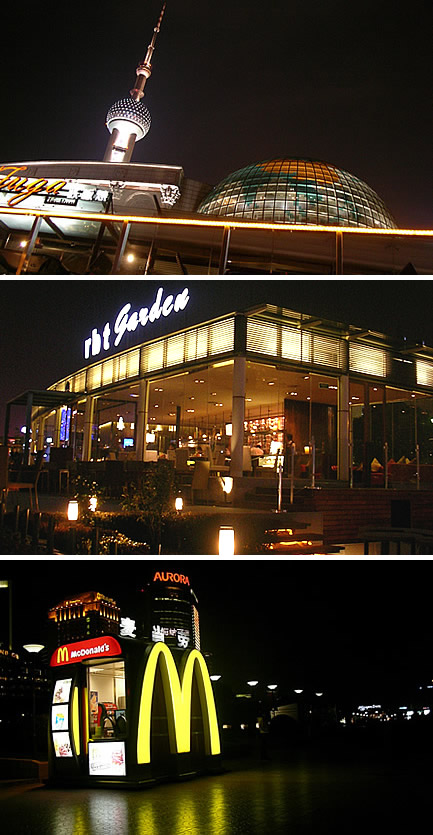
 In Korea, Gangnam (江南) refers to the region south of the Han River (漢江). The Gangnam district (江南區), in particular, is a place meant for the affluent Koreans. Property prices are sky-high. Streets are flanked by up-market boutiques, shops and department stores. Apgujeong (狎鷗亭) is one of the most fashionable shopping spot in the Gangnam district. Of course, it is a place meant for those with deep pocket. I don't have deep pocket, so that more or less explain why I have not been to Apgujeong despite visiting Seoul on three occasions.
In Korea, Gangnam (江南) refers to the region south of the Han River (漢江). The Gangnam district (江南區), in particular, is a place meant for the affluent Koreans. Property prices are sky-high. Streets are flanked by up-market boutiques, shops and department stores. Apgujeong (狎鷗亭) is one of the most fashionable shopping spot in the Gangnam district. Of course, it is a place meant for those with deep pocket. I don't have deep pocket, so that more or less explain why I have not been to Apgujeong despite visiting Seoul on three occasions.
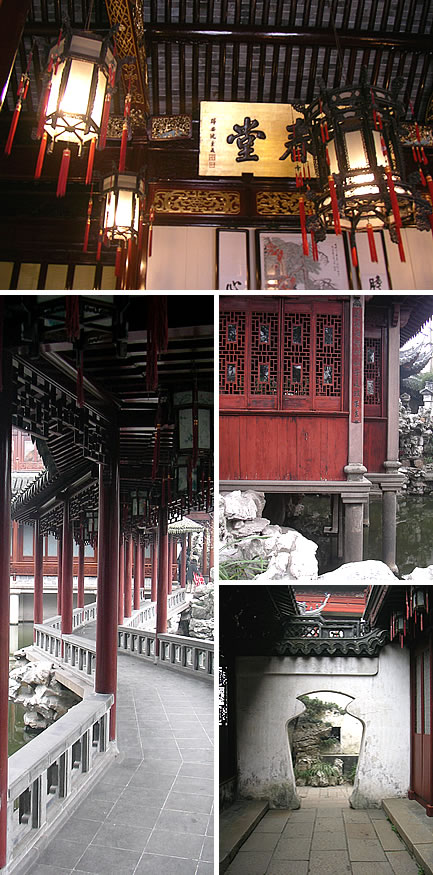
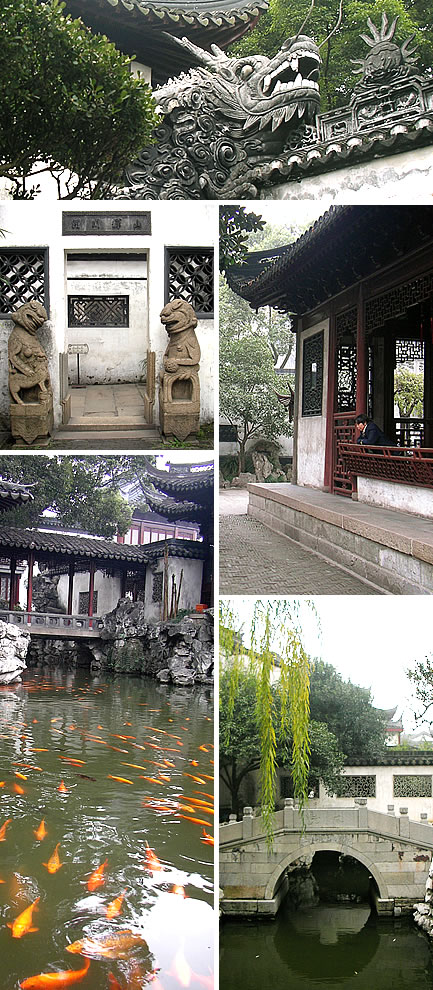
 This bell has been sitting at my study table since I bought it in a souvenir shop in Busan eight years ago. It is a miniature replica of the "Divine Bell of King Seongdeok" (성덕대왕 신종, 聖德大王神鍾). According to record, the bell was made by the 35th King Gyeongdeok of the Shilla Kingdom to pray for the soul of his father, King Seongdeok.
This bell has been sitting at my study table since I bought it in a souvenir shop in Busan eight years ago. It is a miniature replica of the "Divine Bell of King Seongdeok" (성덕대왕 신종, 聖德大王神鍾). According to record, the bell was made by the 35th King Gyeongdeok of the Shilla Kingdom to pray for the soul of his father, King Seongdeok.
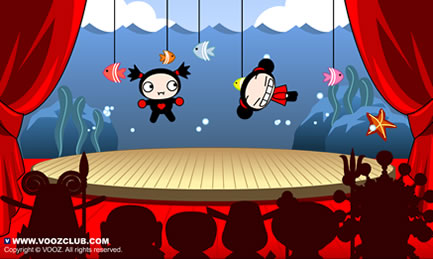
 As a result, Kim Dae Jung was awarded the Nobel Peace Prize in 2000.
As a result, Kim Dae Jung was awarded the Nobel Peace Prize in 2000. [Left] Guanghua Building (光华楼), the landmark of Fudan University. [Right] The emblem of Fudan University which can be found, at regular interval, on the fence around the campus perimeter.
[Left] Guanghua Building (光华楼), the landmark of Fudan University. [Right] The emblem of Fudan University which can be found, at regular interval, on the fence around the campus perimeter. Xintiandi (新天地-신천지) looks bleak in contrast with the colourful Nanjing Road. But both share a similarity - they are both commercialised. While Xintiandi still delivers a piece of the old Shanghai charm, it has since been remade into a food, drink and entertainment destination. Time wastes away history but commercialism preserves history - but only the facade. The soul has long gone.
Xintiandi (新天地-신천지) looks bleak in contrast with the colourful Nanjing Road. But both share a similarity - they are both commercialised. While Xintiandi still delivers a piece of the old Shanghai charm, it has since been remade into a food, drink and entertainment destination. Time wastes away history but commercialism preserves history - but only the facade. The soul has long gone.
 There are lesser crowd along the Nanjing West Road for a good reason. The shopping malls and shops along this road are meant for the rich and well-endowed. There is less dazzle but more elegance in its setting which gives it an up-market feel. Walking along this road, I cannot help but to think that if there is one city in China to have arrived, it has to be Shanghai. It is apparent that this city has its sight firmly set on New York city.
There are lesser crowd along the Nanjing West Road for a good reason. The shopping malls and shops along this road are meant for the rich and well-endowed. There is less dazzle but more elegance in its setting which gives it an up-market feel. Walking along this road, I cannot help but to think that if there is one city in China to have arrived, it has to be Shanghai. It is apparent that this city has its sight firmly set on New York city.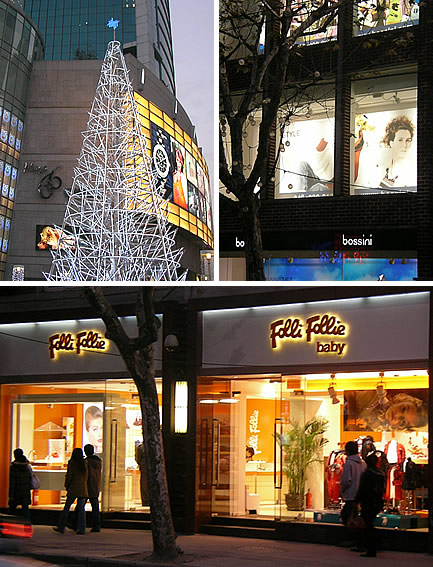
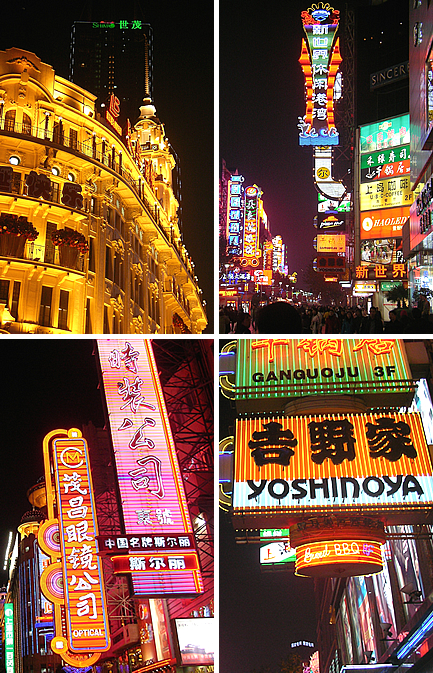
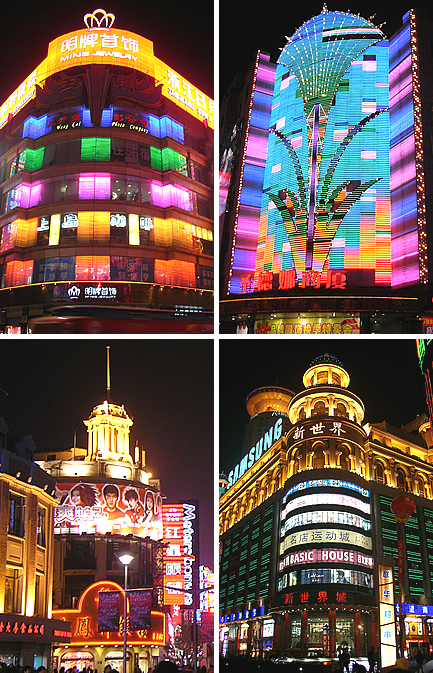
 The range of Korean singer albums in Singapore is very limited. Walk into any CD shop and the rack for Korean pop is probably stacked with Boa and Rain albums. But thanks to Internet, I can still get to hear some fantastic voices from Korea without being at the mercy of the CD importers.
The range of Korean singer albums in Singapore is very limited. Walk into any CD shop and the rack for Korean pop is probably stacked with Boa and Rain albums. But thanks to Internet, I can still get to hear some fantastic voices from Korea without being at the mercy of the CD importers. The Oriental Pearl TV Tower (东方明珠广播电视塔) is an unmistakable landmark of Shanghai. The two ball-like structures have lights that changes colour like over-sized disco balls set against the nightsky of Pudong. Fronted by the Huangpu River, the Oriental Pearl TV Tower looks picture-perfect. I took many pictures of it but very few turned out well. Probably, my idiot-proof camera's limitation has been reached while trying to take the night pictures.
The Oriental Pearl TV Tower (东方明珠广播电视塔) is an unmistakable landmark of Shanghai. The two ball-like structures have lights that changes colour like over-sized disco balls set against the nightsky of Pudong. Fronted by the Huangpu River, the Oriental Pearl TV Tower looks picture-perfect. I took many pictures of it but very few turned out well. Probably, my idiot-proof camera's limitation has been reached while trying to take the night pictures. 
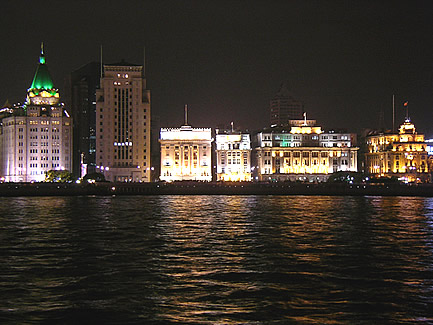



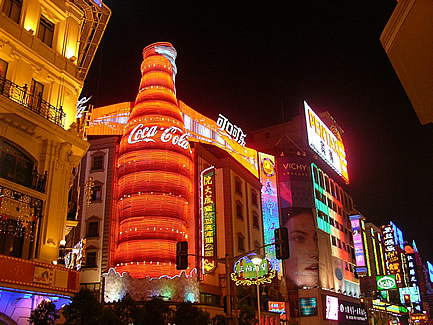 The 번화함 of Shanghai has captured the imagination of my father generation. I could not really understand why my father would speak fondly of the city and his desire to visit it. He did visit it after that. But all I need is to be there in the city to understand why. The mesmerising neonlights, the pulsating city beat and the tireless spirit of the old Shanghai. As what the Chinese oldie《夜上海》(Shanghai at Night) rightly put it, Shanghai is a city that never sleep.
The 번화함 of Shanghai has captured the imagination of my father generation. I could not really understand why my father would speak fondly of the city and his desire to visit it. He did visit it after that. But all I need is to be there in the city to understand why. The mesmerising neonlights, the pulsating city beat and the tireless spirit of the old Shanghai. As what the Chinese oldie《夜上海》(Shanghai at Night) rightly put it, Shanghai is a city that never sleep.
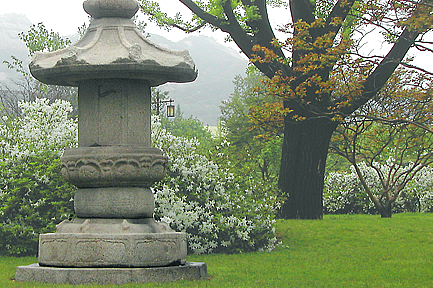
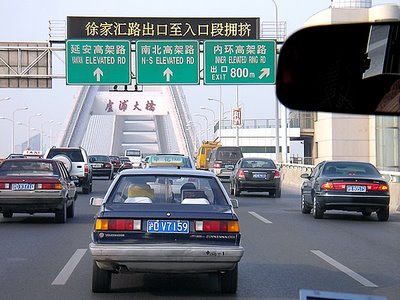
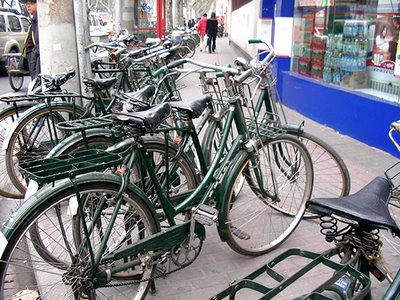


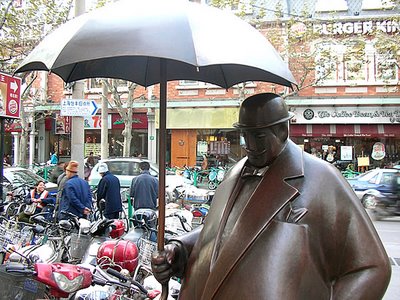

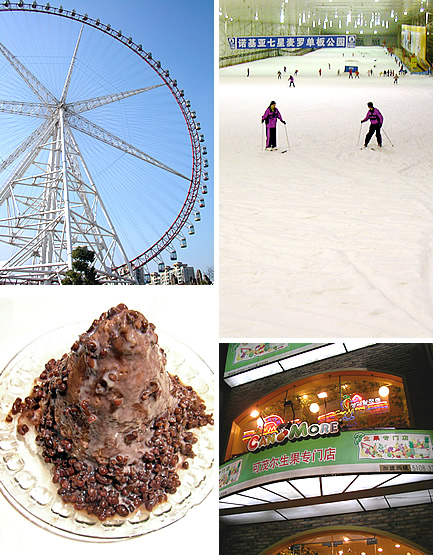 So I could not go Everland to take its Ferris wheel. Anyway I had my Ferris wheel ride in Jin Jiang Amusement Park (锦江乐园). The Ferris wheel is about 108m high and cost only 20 reminbi (S$4) per ride. Quite a steal. Except the Ferris wheel, there were probably nothing else in the park that really excite me.
So I could not go Everland to take its Ferris wheel. Anyway I had my Ferris wheel ride in Jin Jiang Amusement Park (锦江乐园). The Ferris wheel is about 108m high and cost only 20 reminbi (S$4) per ride. Quite a steal. Except the Ferris wheel, there were probably nothing else in the park that really excite me.
